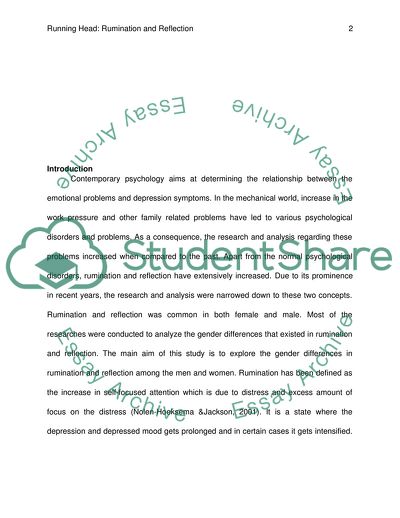Cite this document
(Gender Differences in Rumination and Reflection Research Paper, n.d.)
Gender Differences in Rumination and Reflection Research Paper. Retrieved from https://studentshare.org/gender-sexual-studies/1743834-gender-differences-in-rumination-and-reflection-research-report
Gender Differences in Rumination and Reflection Research Paper. Retrieved from https://studentshare.org/gender-sexual-studies/1743834-gender-differences-in-rumination-and-reflection-research-report
(Gender Differences in Rumination and Reflection Research Paper)
Gender Differences in Rumination and Reflection Research Paper. https://studentshare.org/gender-sexual-studies/1743834-gender-differences-in-rumination-and-reflection-research-report.
Gender Differences in Rumination and Reflection Research Paper. https://studentshare.org/gender-sexual-studies/1743834-gender-differences-in-rumination-and-reflection-research-report.
“Gender Differences in Rumination and Reflection Research Paper”, n.d. https://studentshare.org/gender-sexual-studies/1743834-gender-differences-in-rumination-and-reflection-research-report.


